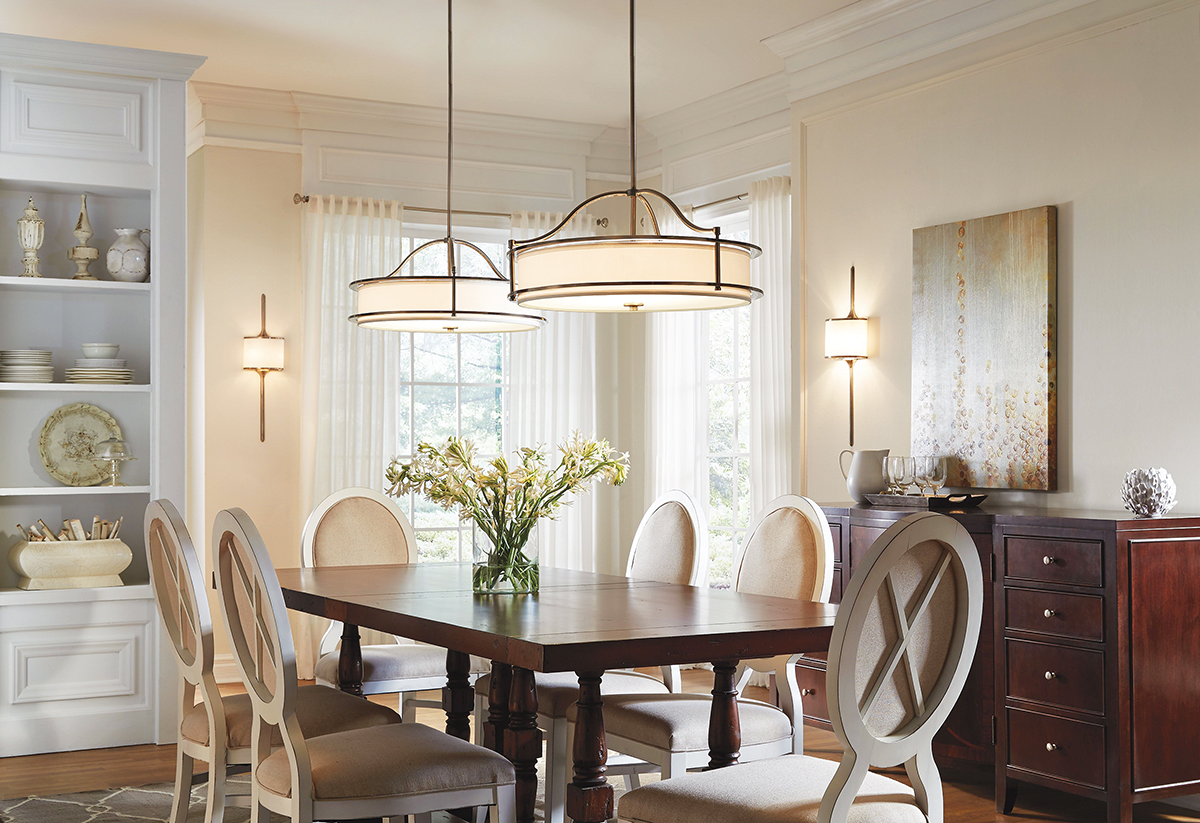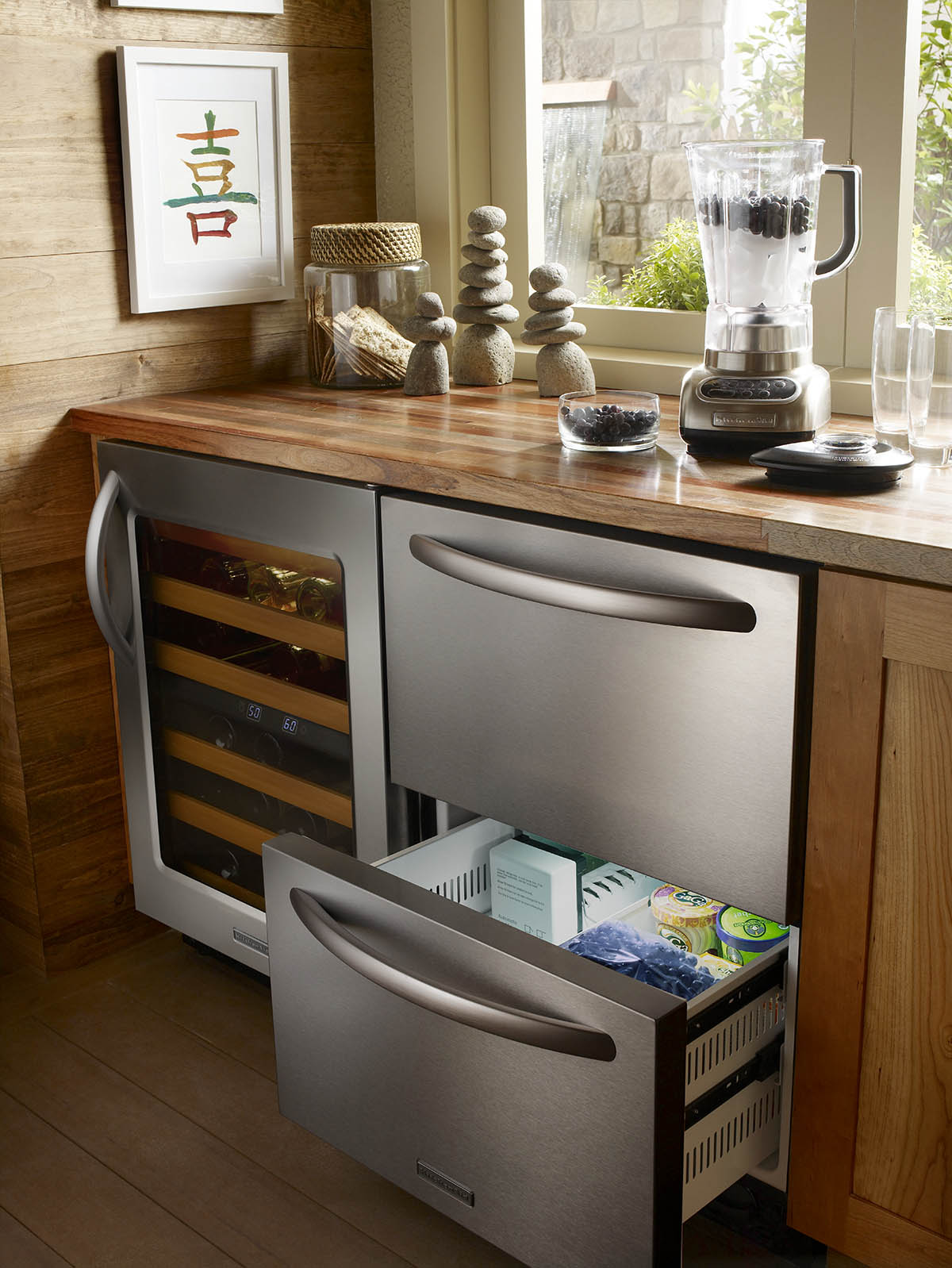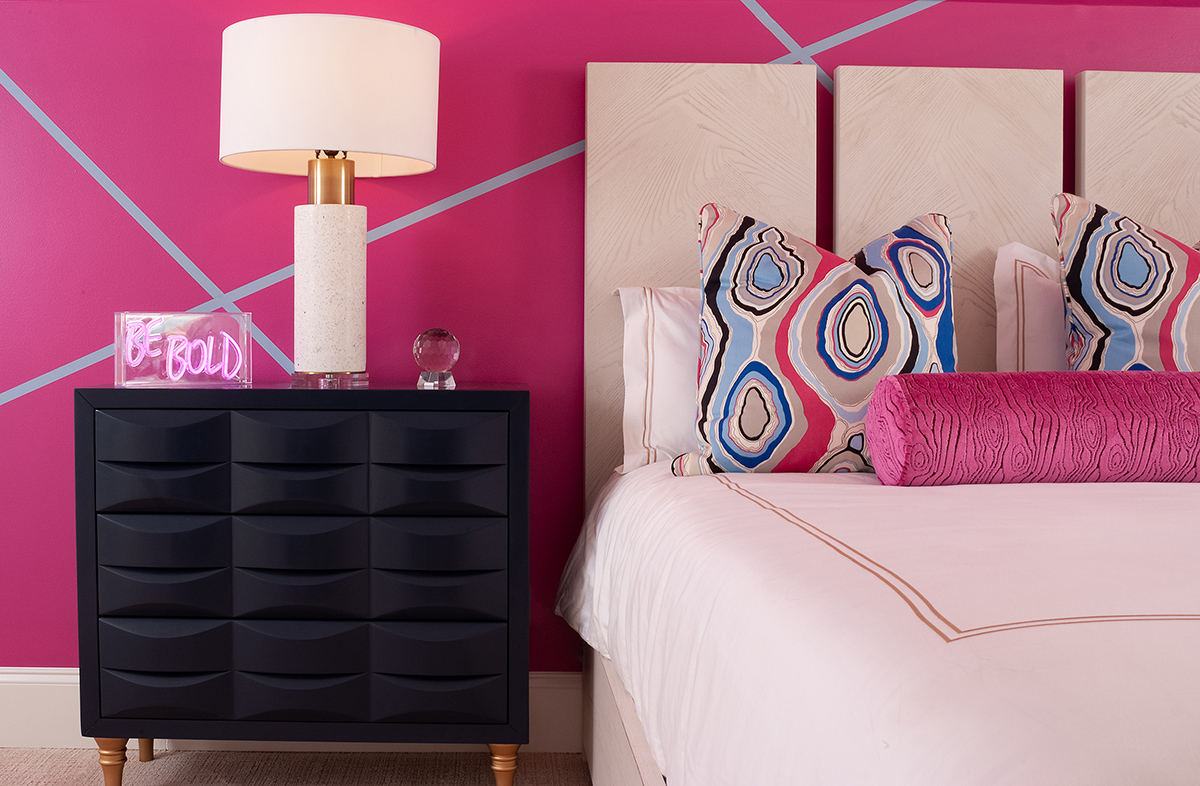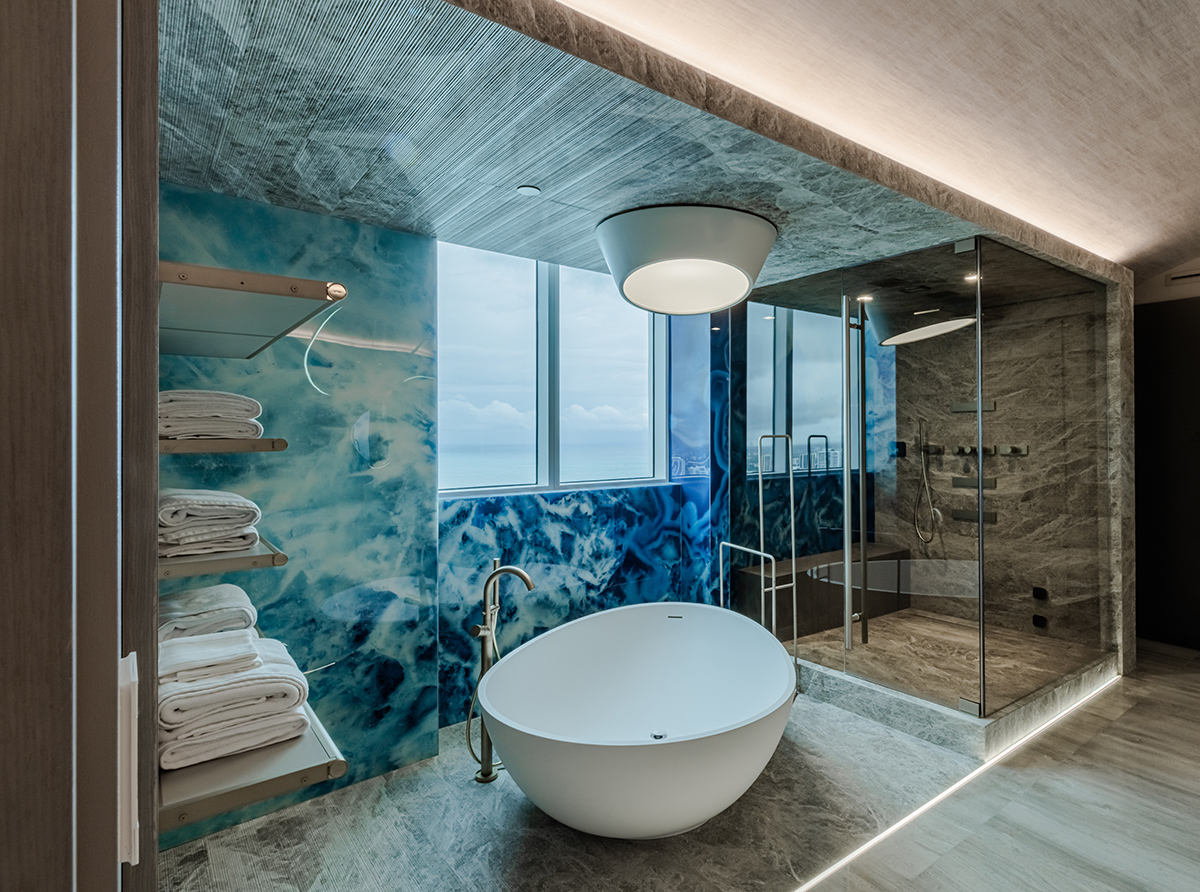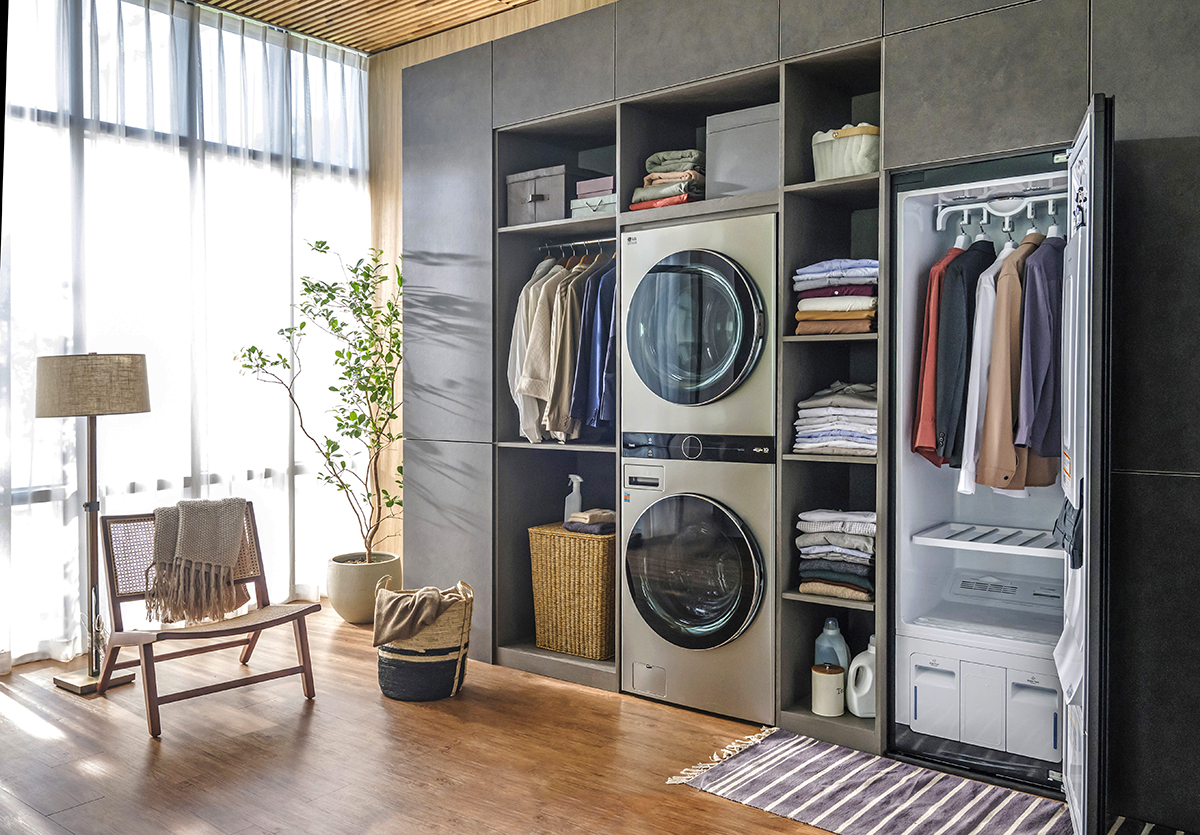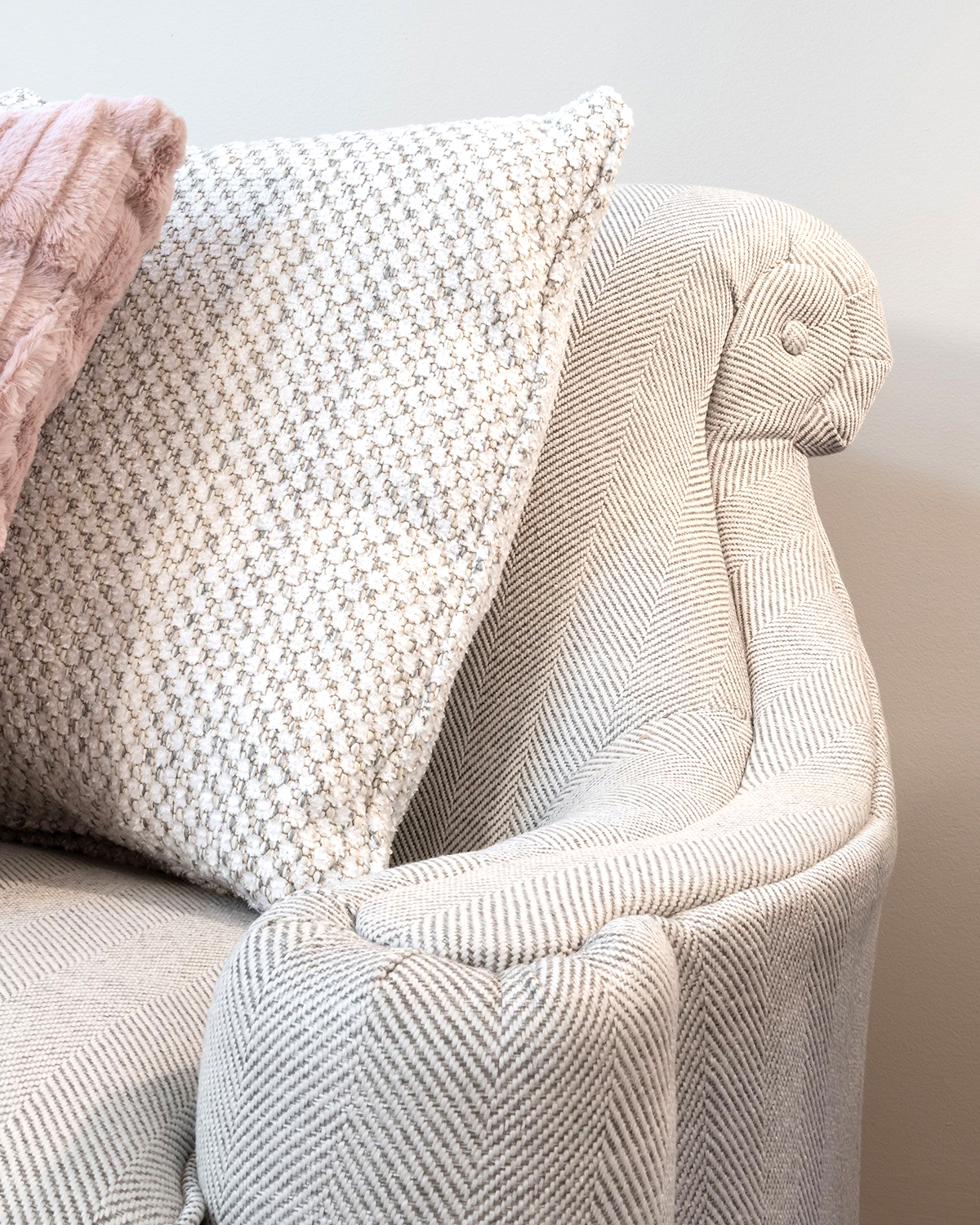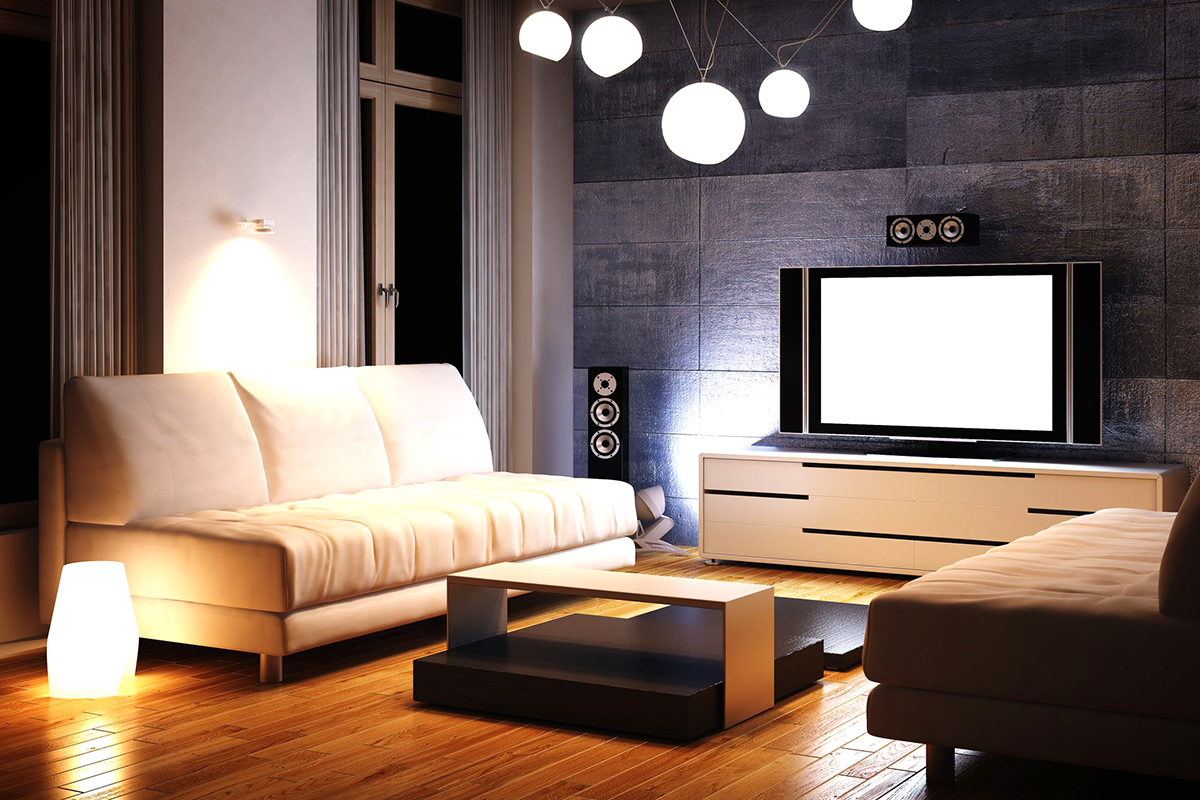WRITER | KELLY SLOAN
PHOTOS| KENDALL LIGHTING CENTER
Lighting in layers refers to using a combination of lighting techniques in “layers” to make a room feel beautiful and ensure functionality. By using layers, the varying lighting needs of a space are satisfied, from providing the illumination necessary to complete daily tasks to setting the mood for a romantic dinner. Lighting serves numerous purposes and will have an impact on your home’s design.
To fully understand lighting, it’s helpful to know the differences between the three basic types: ambient or general lighting, task lighting, and accent lighting.
Ambient lighting provides basic illumination in a space. This level of lighting provides enough light to use the space with a comfortable, balanced brightness throughout the room. Ambient light levels change with the time of day as well as seasonally, and should allow you to use the space without it being too dimly lit or with too much glare. Ambient lighting is not restricted to a single, large light. It can come from an overhead fixture such as a chandelier, wall sconces, or a series of recessed fixtures throughout the room.
Task lighting is required in the “working” areas of your home. Bathrooms and kitchens will see the most benefit when the proper level of light is in place, safeguarding your eyes from unnecessary strain and alleviating shadows. Task lighting can be in the form of under-cabinet lighting in the kitchen to help you prepare food, sconces beside a mirror for grooming, or desk and reading lamps.
Although some would deem accent lighting as the least necessary type, the details are what make the biggest difference in some spaces. Accent lighting is required when you want to feature any design element in your space. This will include artwork, architectural elements, or any other items that you want to stand out in a room. Directional fixtures like recessed lighting and track lighting will enable pieces of art to make a much bigger impact. As a rule of thumb, these fixtures should be placed so that the light beam hits the center of the artwork at a 30-degree angle. Track lighting works best for a constantly changing display, such as in galleries. Picture lights are best for an intimate display and are mounted on the wall or the frame itself. They put the light source close to the art and typically have lower wattage.
It’s always important to choose the right type of light source as light can damage artwork over long periods. Heat and ultraviolet (UV) light may gradually burn away at the materials of the piece. If using a halogen light source, be sure to use UV filters or LEDs (light emitting diodes), which emit no UV and little heat.
Don’t be afraid to experiment with the placement or form of lighting you choose. The more layering you have with your lights, the more flexibility you will have in highlighting the things that matter.


